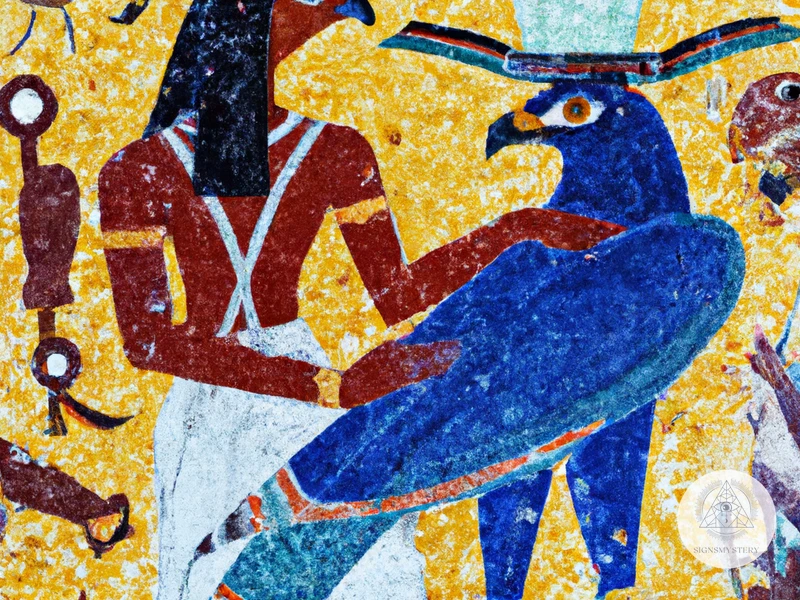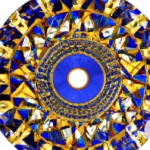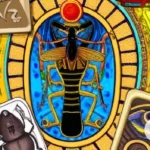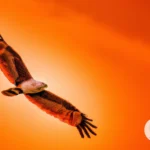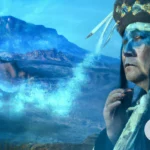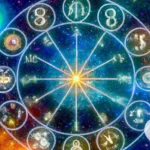The fascination with ancient Egypt has captivated people for centuries. The rich history and complex beliefs of the Pharaohs continue to intrigue scholars and enthusiasts alike. One aspect of their culture that stands out is the profound reverence for animals. Animals played a central role in ancient Egyptian society, from being worshipped as deities to serving as symbols and protectors. In this article, we will delve into the world of ancient Egyptian spirit animals, offering a glimpse into the captivating beliefs and practices of this intriguing civilization.
The Importance of Animals in Ancient Egypt
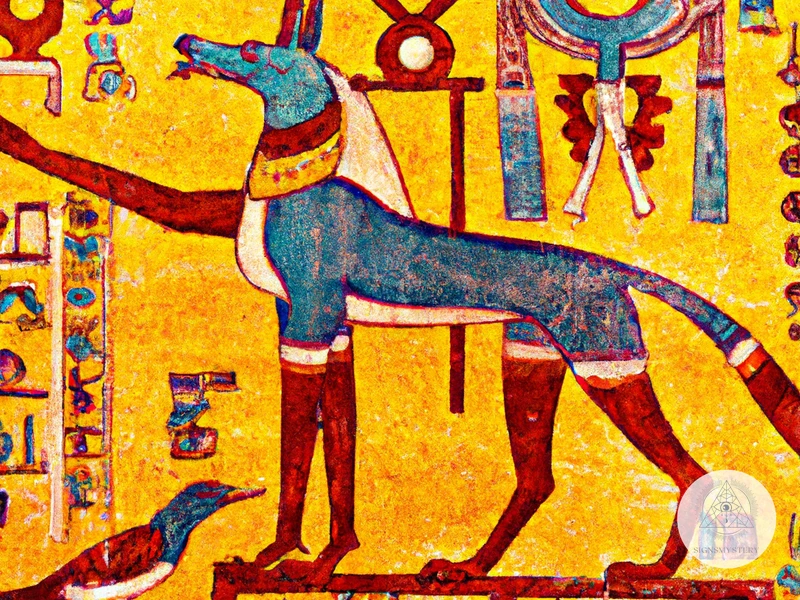
Ancient Egyptians held a deep reverence for animals and believed that they possessed divine qualities. Animals played a pivotal role in their religious and cultural practices, symbolizing various aspects of life and the afterlife. Let’s explore the significance of animals in ancient Egypt:
- 1. Animals as Deities: In ancient Egyptian mythology, animals were often associated with specific deities. These divine beings were believed to have the power to shape the world and protect the people. For example, the falcon was closely linked to the god Horus, who represented the sky and kingship. The feline goddess Bastet was associated with both protection and fertility, symbolizing the nurturing qualities of a mother.
- 2. Animals as Symbols and Protectors: Animals were also used as symbols and protectors in ancient Egyptian society. The lion, with its majestic stature and fierce nature, symbolized strength and courage. This made it a popular guardian symbol placed at the entrances of temples and royal tombs. The cobra, known as the uraeus, was a symbol of sovereignty and divine authority, adorning the headdresses of pharaohs.
Ancient Egyptians believed that by invoking the attributes of these animal deities or symbols, they could tap into their power and gain favor in various aspects of life. Whether seeking protection, fertility, or wisdom, animals held a significant place in the hearts and minds of the ancient Egyptians.
Common Spirit Animals in Ancient Egypt
Ancient Egyptians believed that certain animals possessed spiritual connections and could serve as intermediaries between the physical and divine realms. Here are some common spirit animals in ancient Egypt:
- 1. The Falcon: Symbol of Horus – The falcon was closely associated with Horus, the sky god and the son of Osiris and Isis. The falcon symbolized power, protection, and keen insight. Horus, often depicted with the head of a falcon, was believed to watch over the pharaohs and ensure their rule.
- 2. The Cat: Guardian of the Home – Cats were highly revered in ancient Egypt and were thought to bring good luck and protection. The ancient Egyptians believed that cats had the ability to ward off evil spirits and protect homes and families from harm. Bastet, the feline goddess, was often depicted as a lioness or domestic cat and was a popular deity associated with fertility and protection.
- 3. The Scarab Beetle: Symbol of Rebirth – The scarab beetle held great symbolism in ancient Egyptian culture. It was associated with Khepri, the god of the rising sun and the concept of rebirth. The Egyptians believed that the scarab beetle rolled the sun across the sky each day, representing the cycle of life, death, and rebirth. Scarab amulets were commonly worn to bring good fortune and protection.
- 4. The Crocodile: Representation of Sobek – Sobek, the crocodile god, was worshipped as a protector and a bringer of fertility. The crocodile was believed to embody the power and ferocity of Sobek. Seeing a crocodile in the Nile River was seen as a sign of abundance and a bountiful harvest.
- 5. The Ibis: Sacred Bird of Thoth – The ibis was closely associated with Thoth, the god of wisdom and writing. Thoth was believed to have the head of an ibis or a baboon. The ibis represented wisdom, knowledge, and the power of written language, making it a symbol for scholars and scribes.
- 6. The Jackal: Symbol of Anubis – Anubis, the god of mummification and the afterlife, was often depicted with the head of a jackal. Jackals were scavengers and were believed to roam the outskirts of ancient Egyptian cities and cemeteries. The jackal symbolized death, the underworld, and the rituals of embalming.
Ancient Egyptians believed that connecting with their spirit animals could bring them guidance, strength, and protection. These spirit animals played a significant role in the religious and cultural practices of the ancient Egyptians.
1. The Falcon: Symbol of Horus
The falcon held great significance in ancient Egypt as the symbol of Horus, the god of the sky and kingship. Horus, son of Isis and Osiris, was revered as the ruler of both Upper and Lower Egypt. The falcon was chosen to represent Horus because of its keen eyesight, which mirrored the god’s ability to see and protect all.
In ancient Egyptian art, Horus is often depicted with the head of a falcon or as a falcon itself. The falcon’s association with Horus represents power, leadership, and divine protection. Many pharaohs considered themselves to be the earthly embodiment of Horus, adopting falcon imagery to legitimize their rule.
The falcon’s significance extended beyond the divine realm. It was also associated with hunting and warfare, as falcons were known for their speed and precision in capturing prey. The falcon’s graceful flight and swift hunting skills were admired, and Egyptians believed that by invoking the spirit of the falcon, they could gain similar attributes in their own lives.
Process of Animal Mummification
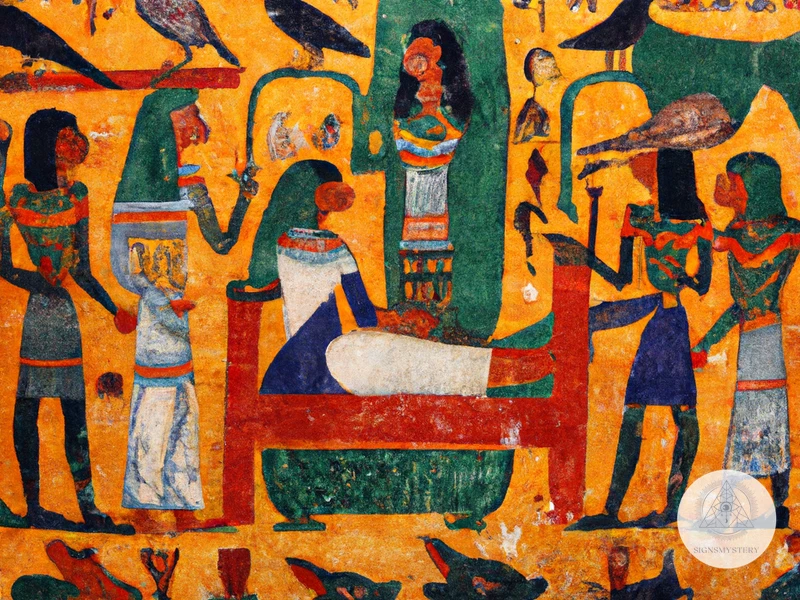
The process of animal mummification was a significant ritual in ancient Egypt, reflecting the belief in the soul’s immortality and its journey to the afterlife. Here are the steps involved in the mummification process for animals:
- Purpose and Rituals: Animal mummification served multiple purposes in ancient Egypt. It was done as an offering to the gods, a means to honor and ensure the well-being of the animals in the afterlife. The process involved elaborate rituals performed by priests, who would cleanse and prepare the animal for mummification.
- Popular Animal Mummies: Various animals were commonly mummified in ancient Egypt. One of the most popular was the ibis, a sacred bird associated with Thoth, the god of wisdom and writing. Cats were also widely mummified, as they were considered sacred and were associated with the goddess Bastet. Other animals, such as falcons, crocodiles, and baboons, were also commonly mummified.
The process of animal mummification was extensive and involved carefully preserving the animal’s body through techniques such as evisceration, desiccation, and wrapping in linen bandages. The mummified animals were often placed in elaborate coffins or jars and buried in dedicated animal cemeteries or placed as offerings in temples.
Conclusion
In ancient Egypt, the importance of animals cannot be overstated. They were not only revered as deities but also served as symbols, protectors, and sources of inspiration for the people. The richness of their mythology and the intricate relationship between humans and animals in ancient Egyptian society is a testament to the profound impact animals had on their culture.
Through the worship and symbolism of animals, ancient Egyptians sought guidance, protection, and blessings from the divine. These beliefs permeated all aspects of their lives, from religion and art to everyday practices. The spiritual significance assigned to animals in ancient Egypt showcases the deep connection they felt with the natural world and their understanding of the interconnectedness of all living beings.
Today, the exploration of ancient Egyptian spirit animals continues to intrigue and inspire us. We can learn valuable lessons from their perspective on the animal kingdom and its role in our own lives. Whether through understanding the symbolism of animals, interpreting dreams, or exploring the transformative power of spirit animals, we can gain insights into ourselves and our relationship with the world around us.
By studying the importance of animals in ancient Egypt, we can gain a glimpse into the beliefs and practices of one of the world’s most fascinating civilizations. Their reverence for animals reminds us of the enduring bond between humans and the animal kingdom, transcending time and culture.
If you are interested in exploring the role of spirit animals in personal growth and transformation, you may find this article helpful: The Role of Dream Spirit Animals in Personal Growth and Transformation.
Frequently Asked Questions
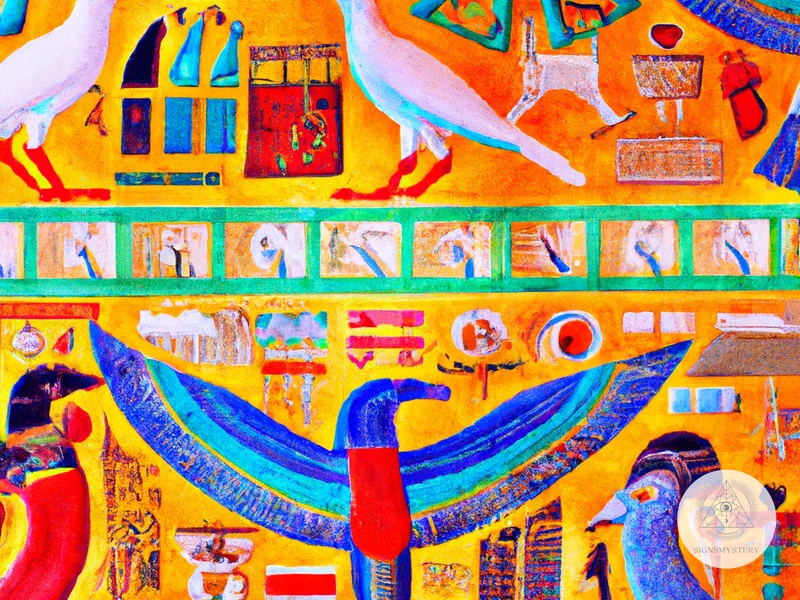
1. Why were animals considered sacred in ancient Egypt?
Animals were considered sacred in ancient Egypt because they were believed to embody the qualities and powers of various deities. They were seen as manifestations of the divine and were revered for
Subscribe to Our Newsletter
Sign up to receive the latest news and updates.
2. How did ancient Egyptians worship animal deities?
Ancient Egyptians worshipped animal deities through rituals, offerings, and temples dedicated to specific animals. They believed that by honoring these deities, they would gain their favor and protection in different aspects of life.
3. Did ancient Egyptians have personal spirit animals?
Ancient Egyptians did not have personal spirit animals in the same way as some contemporary spiritual practices. However, certain animals were believed to have symbolic meanings and could be associated with individuals or used in divination practices.
4. Were all animals considered sacred in ancient Egypt?
While many animals were considered sacred, not all animals held the same level of religious significance in ancient Egypt. Certain animals, such as the cat, falcon, and ibis, were highly revered, while others may have held more practical or utilitarian roles in everyday life.
5. What was the significance of animal mummification in ancient Egypt?
Animal mummification was performed as a way to honor and preserve the animal’s spiritual essence. It was believed that in the afterlife, these mummified animals would serve as companions, guides, or offerings to the gods.
6. Were animal mummies only used for religious purposes?
While the primary purpose of animal mummification was religious, some animal mummies were utilized for more practical reasons. For example, certain species of animals, such as cats and dogs, were mummified as beloved pets to accompany their owners into the afterlife.
7. How were animal mummies made?
Animal mummies were typically made by carefully wrapping the animal’s body in linen bandages and sometimes placing them in beautifully decorated coffins or sarcophagi. The process of mummification could involve various rituals and embalming techniques.
8. Were there any laws protecting animals in ancient Egypt?
Ancient Egyptian society did have laws and penalties for harming or killing animals, especially certain sacred species. These laws reflected the cultural respect and reverence for animals that permeated Egyptian society.
9. Did ancient Egyptians believe in animal dreams or omens?
Yes, ancient Egyptians attached great significance to animal dreams and omens. They believed that animals could convey messages from the gods or offer insights into future events. Interpreting dreams and omens involving animals was an important part of ancient Egyptian divination practices.
10. How did ancient Egyptians incorporate animals into their art and jewelry?
Ancient Egyptians depicted animals frequently in their art and jewelry. Animals were often portrayed in a stylized and symbolic manner, representing various gods, protective amulets, or elements of nature. Their images were carved into hieroglyphs, painted on pottery, and worn as intricate jewelry pieces.
References
Frequently Asked Questions

1. How did animals play a role in the religion of Ancient Egypt?
Animals held significant importance in the religion of Ancient Egypt, both as deities and symbols. They were revered and considered sacred beings, representing various gods and embodying specific qualities and characteristics.
2. Did Ancient Egyptians worship animal deities?
Ancient Egyptians did worship animal deities, believing that gods and goddesses could manifest themselves in animal form. They respected and honored these animal deities, attributing divine powers and qualities to them.
3. What spiritual significance did the falcon have in Ancient Egypt?
The falcon, symbolizing the god Horus, held great spiritual significance in Ancient Egypt. Horus, the sky god and the divine protector of the pharaoh, was often depicted with the head of a falcon. The falcon represented power, protection, and divine kingship.
4. Why were cats considered guardians of the home in Ancient Egypt?
Cats were highly revered in Ancient Egypt and were believed to possess protective qualities. They were considered sacred and were associated with the goddess Bastet. Cats were kept as household pets to guard the home and its inhabitants from evil spirits and misfortune.
5. What does the scarab beetle symbolize in Ancient Egyptian beliefs?
The scarab beetle symbolized rebirth and regeneration in Ancient Egyptian beliefs. It was associated with the god Khepri, who was believed to roll the sun across the sky, symbolizing the cycle of life, death, and rebirth.
6. How was the crocodile represented in Ancient Egypt?
The crocodile was seen as a representation of the god Sobek in Ancient Egypt. Sobek was the god of fertility, protection, and the Nile River. The crocodile was worshipped and feared, as it was known for its power and ferocity.
7. What role did the ibis play in Ancient Egyptian culture?
The ibis, specifically the sacred ibis, held great significance in Ancient Egyptian culture. It was considered the sacred bird of the god Thoth, who was associated with wisdom, writing, and magic. The ibis was often depicted in hieroglyphs and was believed to bring good fortune and divine guidance.
8. Why was the jackal associated with the god Anubis?
The jackal was associated with the god Anubis in Ancient Egyptian mythology due to its scavenging nature and its presence in cemeteries. Anubis was the god of embalming and the protector of the dead. The jackal symbolized death and the afterlife.
9. What was the purpose of animal mummification in Ancient Egypt?
Animal mummification served various purposes in Ancient Egypt, including as offerings to deities, companions for the deceased in the afterlife, and symbols of fertility and protection. Animals were mummified with great care and rituals similar to those used for human mummification.
10. Which animals were commonly mummified in Ancient Egypt?
Commonly mummified animals in Ancient Egypt included cats, birds (such as ibises and falcons), crocodiles, dogs, and even more exotic creatures like gazelles and snakes. These animals were chosen based on their symbolic significance and their association with various gods and goddesses.

